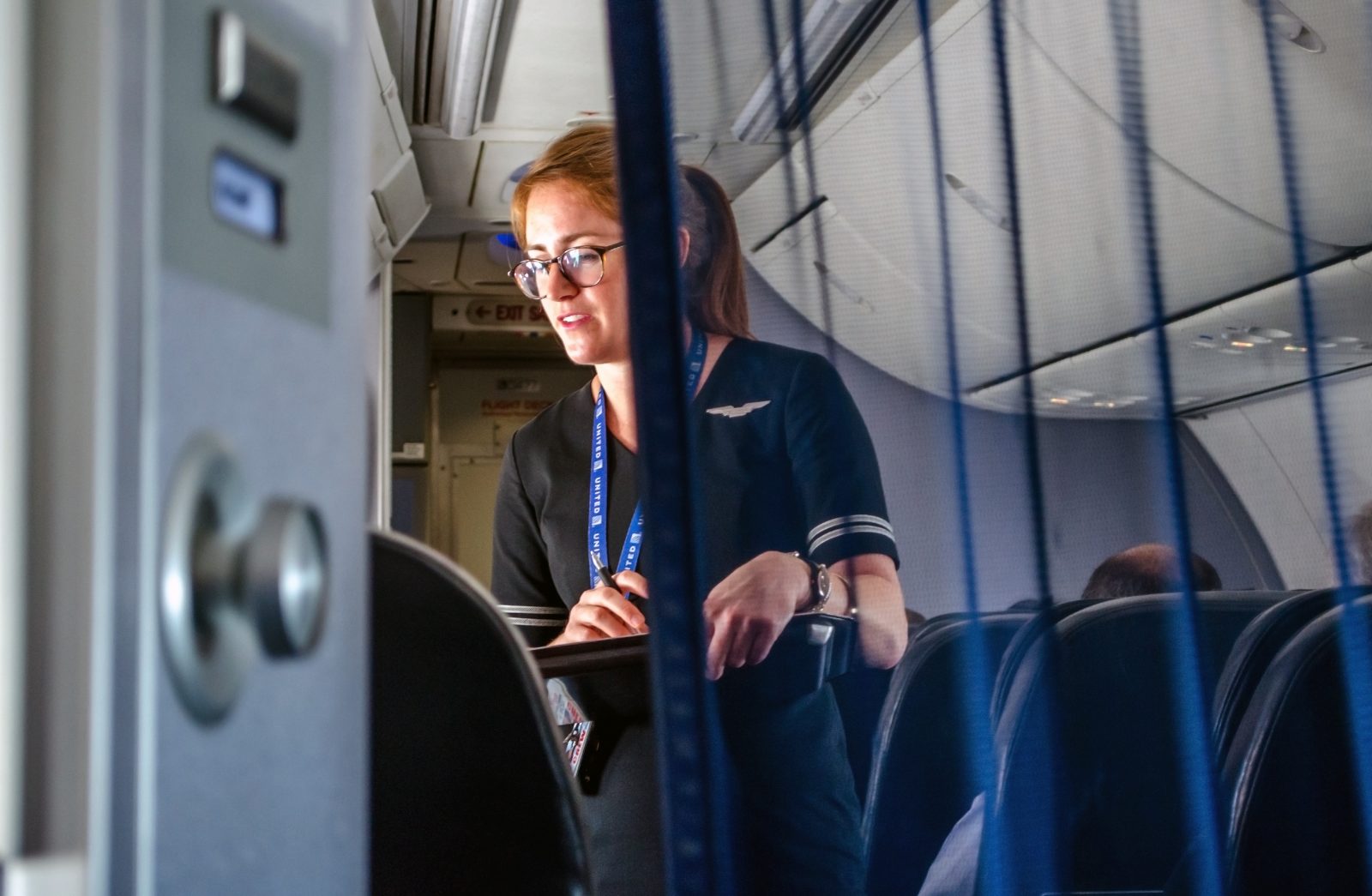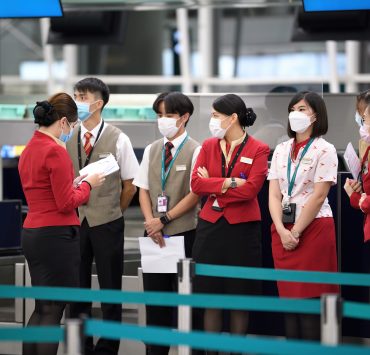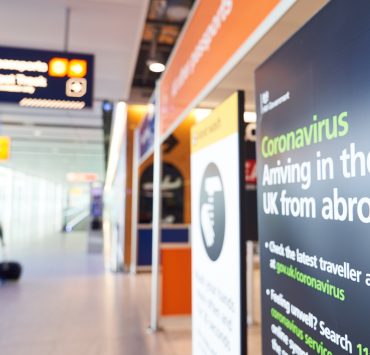
Just over a week after three United Airlines flight attendants were seriously injured when their airplane was rocked by turbulence on a flight from Rio de Janeiro to Houston, it has been revealed that turbulence is one of the leading causes of injuries amongst flight attendants at the carrier.
In fact, the Association of Flight Attendants (AFA-CWA), which represents crew at the Chicago headquartered airline, claims turbulence is the second leading cause of all flight attendant injuries and that accidents are on the rise.
Despite airplanes being equipped with the latest generation of weather radars and the advent of cutting-edge turbulence prediction algorithms, there have been some serious turbulence-induced accidents in the last few years.
Just a day before the three flight attendants and two passengers were taken to the hospital on United Airlines flight UA128, as many as 36 passengers and crew were injured after a Hawaiian Airlines flight from Phoenix to Honolulu unexpectedly hit a patch of severe turbulence.
Of the 36 who were injured, 20 had to be transported to the hospital and 11 were classed as serious injuries.
The simple advice for passengers is to remain buckled in even when the seatbelt sign isn’t switched on. The same advice doesn’t, however, always apply to flight attendants – and the result can be horrific life-changing injuries.
In fact, French accident investigators just published their final report into a serious accident aboard an Air Caraïbes flight to Guyane last December that left three flight attendants injured, including the purser who fractured his ankle in two places after being lifted off the ground when the plane suddenly plunged through the air.
In that case, the pilots had predicted severe turbulence and even ordered flight attendants to buckle up, but when they thought they had got through the worst of it, the flight attendants were released from their jumpseats – moments before a second area of turbulence jolted the aircraft.
It’s for reasons like this that the United flight attendant union suggests that inflight service should be modified if there is a threat of turbulence. Amongst other useful tips, the union also advises its members:
“It’s always a good practice to maintain tidy galleys, with items stowed or in containers when not in use. An orderly and secure galley, including carts securely stowed, will allow for quick reaction times in the event of turbulence.”
A recent memo continues: “Also, remember that carts should not restrict immediate access to jumpseats. When on crew rest, always use your seatbelt and avoid transitioning up or down bunk stairs during turbulence.”
“When turbulence threatens, take immediate measures to protect yourself. If you feel the need to be seated due to turbulence, sit down and buckle your seatbelt. Do not wait for an announcement from the Flight Deck to be seated; proactively protect yourself.”
Of course, light turbulence can be an everyday occurrence… especially during the winter months, which often means flight attendants ignore the early warning signs. But the AFA warns: “Complacency can be your enemy”.
Over the summer, some frequent flyers said they noticed flight attendants choosing to discontinue inflight service a lot quicker than they had noticed in the past due to the threat of turbulence – which often didn’t even materialize.
Recent events, however, have underlined why flight attendants have become more cautious over the last year, and it looks like this trend is set to continue.
Mateusz Maszczynski honed his skills as an international flight attendant at the most prominent airline in the Middle East and has been flying throughout the COVID-19 pandemic for a well-known European airline. Matt is passionate about the aviation industry and has become an expert in passenger experience and human-centric stories. Always keeping an ear close to the ground, Matt's industry insights, analysis and news coverage is frequently relied upon by some of the biggest names in journalism.










What’s the first? Carpal Tunnel Syndrome maybe?
Close. I think it’s musculoskeletal injuries, like back injuries, from lifting heavy objects and pushing heavy carts.